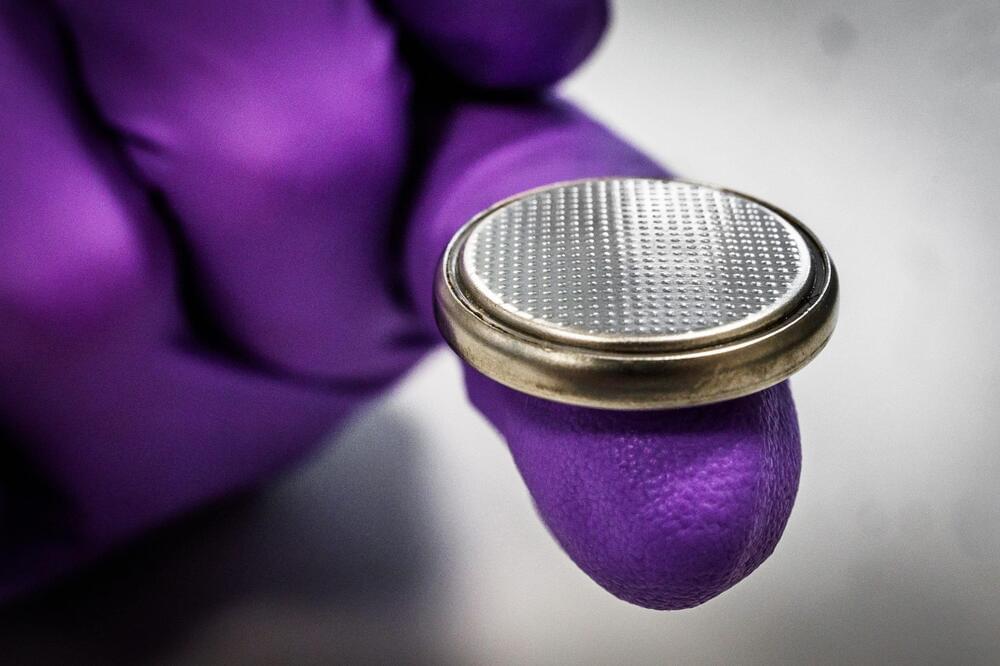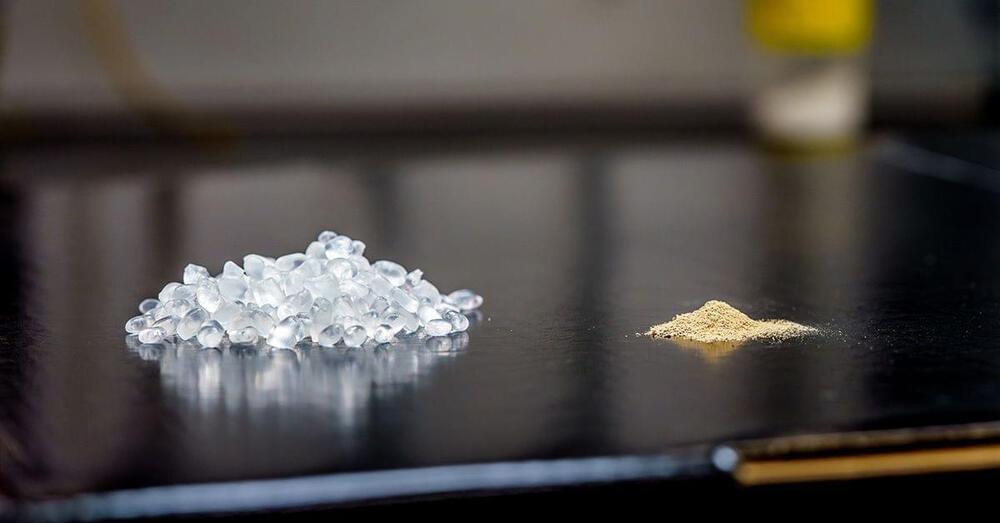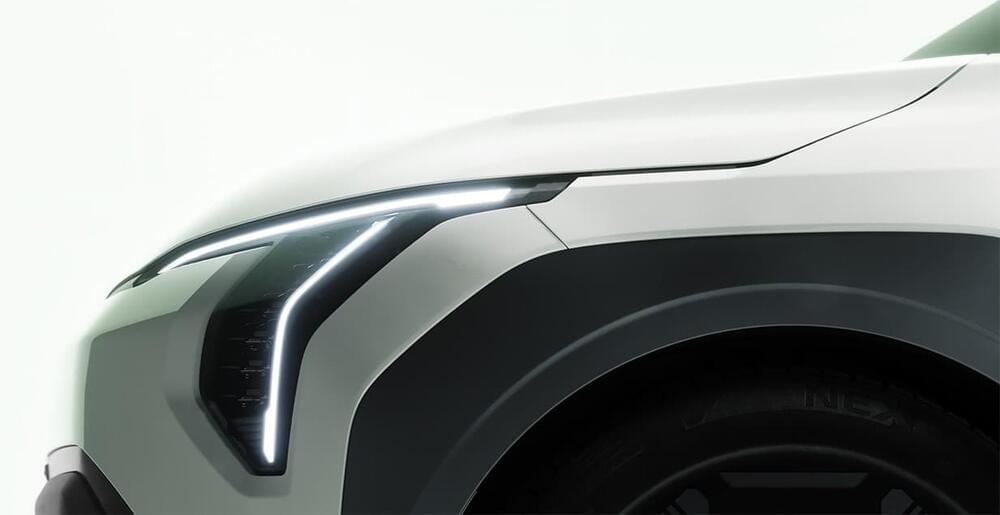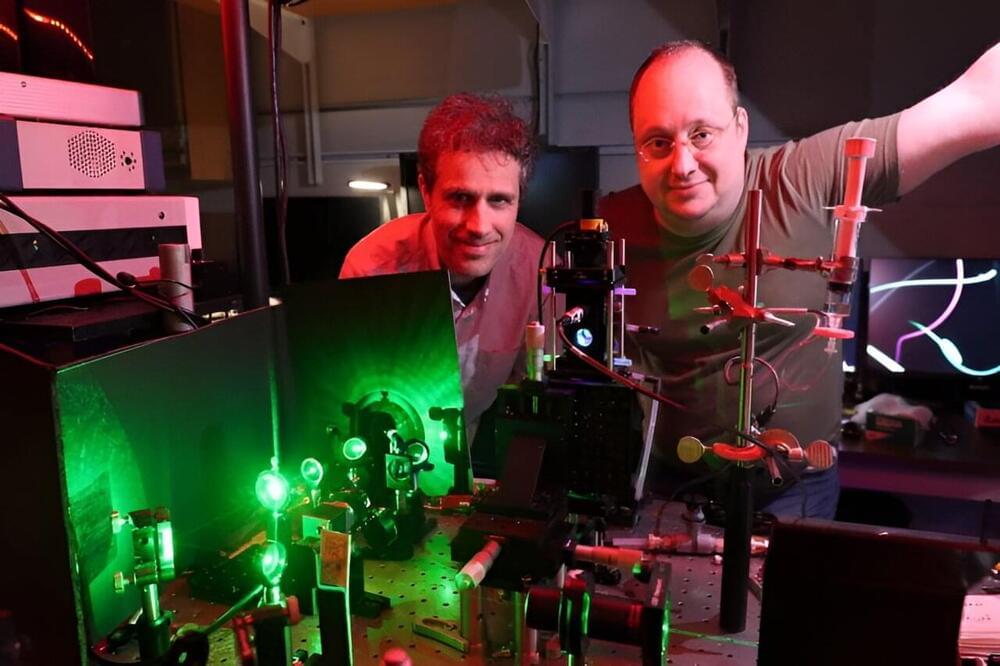May 16, 2024
Revolutionizing Renewable Energy: Scientists Develop New Low-Cost Battery With Over 8000 Uses
Posted by Saúl Morales Rodriguéz in categories: business, solar power, sustainability
Researchers at Linköping University in Sweden have developed a battery constructed from zinc and lignin that can be recharged over 8,000 times. This innovation aims to offer an affordable and eco-friendly battery alternative, especially for regions with limited electricity access. The findings are detailed in the journal Energy & Environmental Materials.
“Solar panels have become relatively inexpensive, and many people in low-income countries have adopted them. However, near the equator, the sun sets at around 6 PM, leaving households and businesses without electricity. The hope is that this battery technology, even with lower performance than the expensive Li-ion batteries, will eventually offer a solution for these situations,” says Reverant Crispin, professor of organic electronics at Linköping University.


















